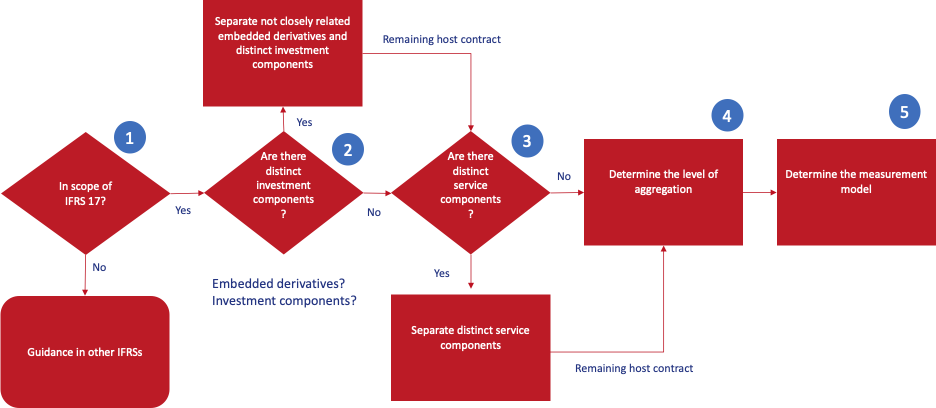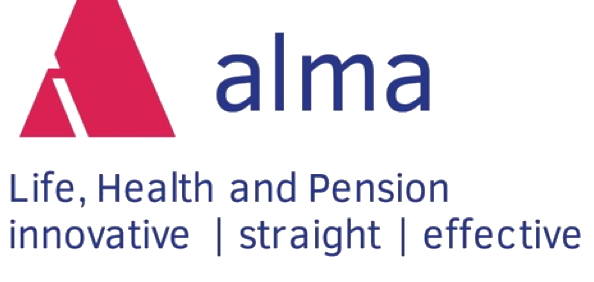
IFRS 17
2023 is a very important year for the insurance industry: The complex set of rules IFRS 17 will come into force on January 1, 2023, replacing the interim standard IFRS 4 Phase I, which has been in force since 2005. The new standard governs the principles of identification, recognition, measurement, presentation and disclosures for insurance contracts.
Alma will support the implementation of IFRS 17 in the insurance industry. Therefore, Alma will publish short and easy-to-understand articles on IFRS 17 from time to time.
Part 5: How to get started with IFSR 17?

Insurance contracts comprise a bouquet of rights and obligations. Some of these components are dealt with separately from IFRS 17, as they are addressed in other IFRS standards. An investment component is separated from the host insurance contract and accounted for in accordance with IFRS 9. The capital investment component is to be “ring-fenced.”
-
- If the investment component and the insurance component are not closely related, and
- a contract with equivalent terms is sold or could be sold separately in the same market or jurisdiction.
Under IFRS 9, an embedded derivative is separated from the host insurance contract if the features and risks are not closely related to the host insurance contract and the embedded derivative would not be an insurance contract as a stand-alone instrument.
Ad 3: Are there performance components to be delimited?
Insurance contracts comprise a bouquet of rights and obligations. Some of these components are dealt with separately from IFRS 17, as they are addressed in other IFRS standards. A right to the provision of goods or noninsurance services is independently separable if the policyholder can benefit from the goods or services either itself or with other resources readily available to it. The company applies IFRS 15.
Ad 4: Determination of the aggregation level
The company determines the aggregation levels. These are portfolios and groups of contracts – also called unit of accounts (UoA) – that are subject to similar risk and are managed together.
Ad 5: Determine the valuation model
Please also have a look at Part 3 – Some technical aspects.
IFRS 17 offers the general approach or building block approach (BBA), the premium allocation approach (PAA) and the variable fee approach (VFA).
